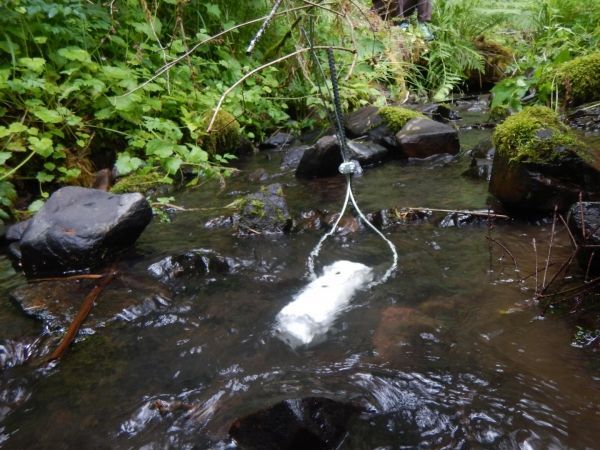New strategies for river management are needed to maintain water supplies and avoid big crashes in populations of aquatic life, researchers argue in a perspective piece published today in Nature.
The scientists say a fresh approach is necessary as the climate warms, which has led to historic die-offs like the January 2019 event in the Murray-Darling Basin of Australia that saw severe water shortages bring hardship to residents and kill millions of fish.
“The world’s rivers are facing tough times,” said the editorial’s lead author, Jonathan Tonkin, who just completed a post-doctoral appointment in Oregon State University’s College of Science. “Iconic species like the Murray cod, the largest freshwater fish in Australia, are in danger of vanishing. In a 2018 heat wave in Germany and Switzerland, thousands of fish died. The multiyear drought in California has restricted water supplies and wreaked havoc on wetlands, riparian forests, fish and other aquatic life.”
Tonkin and his co-authors outline a four-part plan for an “adaptive” approach to river management – moving beyond simply monitoring ecosystems to understanding the biological mechanisms at play.
Read more at: Oregon State University
Researchers use thermistors in a PVC housing to monitor stream temperatures (Photo Credit: Kevin Bladon)


